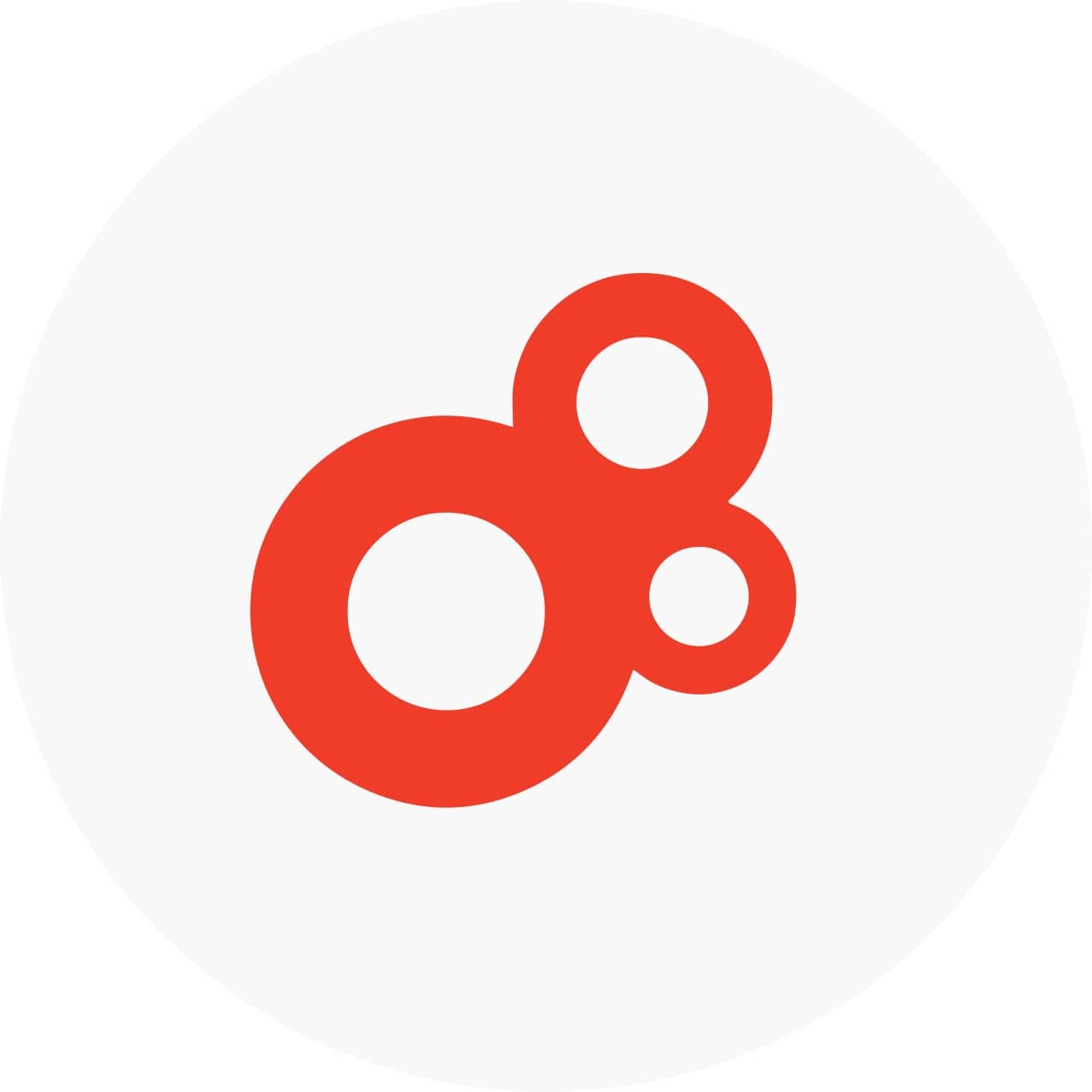
It’s been said that the more things change, the more they stay the same.
Centuries before we had modern amenities like electricity and the Internet, most learning happened within the community. People worked together, learned together, and grew together. Now, as we near the last quarter of 2024, we’re seeing history repeat itself — sort of.
Instead of relying on businesses, customers are increasingly turning toward each other for everything from product recommendations and reviews to technical support. Granted, this has always been somewhat of a thing, with websites like Reddit and Stackoverflow acting as hubs for collaboration and communication. But over the past few months, we’ve seen the trend picking up steam.
Community learning: by the numbers
According to a recent report by Forrester, published documentation in online communities is now one of the most common types of education. As it turns out, customers want to learn not just from companies, but from one another. They want to ask questions, share their experiences with a product, and collaborate on everything from onboarding education and troubleshooting to advanced use cases.
This really isn’t all that surprising. Communicating and collaborating are more or less the basis of our entire civilization, after all. Not only that, we’ve known for a while that around 20% of learning happens through social interaction and that social learning improves both comprehension and retention.
Collaborative learning isn’t the only reason more and more people are embracing community-based learning, though — as it turns out, there are actually tons of benefits.
Why build a community?
The shift from sales-led growth to product-led growth has changed the game. Customer retention and satisfaction are now more important than ever, particularly as the SaaS market becomes more competitive and customer acquisition costs continue to mount. Community building is an immensely powerful sales tool in this climate for a few reasons.
Customer advocacy
It’s fairly well-documented at this point that customers in both the B2B and B2C space often tend to trust recommendations from friends and colleagues over sales pitches. By building a community, you create an environment where existing customers can act as advocates for your business and potentially bring in new leads. Not only that, because customers are educating themselves within your community, this can potentially result in a shorter sales cycle.
This can also lead to cost savings in both customer acquisition and onboarding, while also creating potential cross-sell and upsell opportunities.
Building a platform for knowledge sharing
From tips and tricks about how to most effectively leverage your software to unique projects and deployments, your community can act as a hub for knowledge distribution. Not only does this tend to result in a more educated base of customers and leads, it can also lower customer support costs. Customers can go to one another for product and technical support before reaching out to your team.
This leaves your professionals free to focus on only the most challenging cases.
Enhanced customer experience
Between collaboration, knowledge sharing, and access to proactive support options, a well-managed community considerably improves the customer experience. This, in turn, leads to increased customer satisfaction and greater brand loyalty. Customers are not only more educated about your software, but they’ve also met new friends and acquaintances in the community built around that software.
Instead of simply being engaged, your customers now feel empowered. They know and understand your software, and they’re constantly exploring new use cases for it. More importantly, they know that you’re listening to them when it comes to feedback.
Understanding the different types of communities
Generally speaking, you have two options when it comes to building a community around your software. First, you can create something internally, such as a self-hosted forum, Q&A section, chat server or user group. Alternatively, you can build a community on a pre-existing platform such as reddit.
You might even consider doing both — after all, there are some pretty significant benefits to operating out of an external community. It’s mostly the fact that you’ve potentially got broader reach and visibility, as you’re joining a website that’s already well-established and hosts a large user-base. This also lets you engage with potential customers and influencers you might not have otherwise been able to reach.
Examples of internal communities include:
- Discussion forums
- Chatrooms
- Discord servers
- User groups
- Q&A sections
Examples of external communities include:
- Groups on social networks such as LinkedIn and Facebook
- Subreddits on Reddit
- Industry-specific communities such as GitHub
How to foster community engagement
If you’ve ever established a business presence on a social network, we’ve got good news for you. The basics of community engagement are pretty similar regardless of whether you’re focusing internally or externally. To keep community members engaged in the initial stages, you’ll want to push out regular content updates — around the same amount of content you’d publish on Facebook or LinkedIn.
This content should be both educational and valuable, such as webinars, tutorials, or how-to guides.
Given that every community has the potential to attract a few bad eggs, you’ll also want to nominate community managers and moderators to keep things under control. These can be people who work for your company or they can be pulled from community members. Just make sure you differentiate between the two.
And make sure that you’ve got at least a few people who work for your business monitoring the community to respond to questions and feedback, with the idea being that they should be both accessible and approachable. We’d also recommend developing a playbook for community leaders that includes basic terms of service, rules of conduct, and brand guidelines. An internal community is also really-well suited for gamification, with rewards that could include special privileges, badges, achievements, or even prizes.
Another important thing to keep in mind is authenticity. Be open and transparent about who you are and what you’re doing. Show people that they can trust you, and that you’re actually interested in genuinely communicating with them — not just making a sale.
Lastly, make sure you have at least a few metrics in mind that you can use to track your progress. Potential options include revenue, customer satisfaction, customer signups, and support tickets.
What happens next?
So, we’ve gone over how community building and customer education go hand-in-hand, and given you a bit of guidance on building your own community. All that’s left is to ponder what’s coming. And there’s some pretty huge changes on the horizon:
- Artificial intelligence will continue to make inroads into all areas of training and education, supporting increasingly sophisticated adaptive learning. AI chatbots also offer a potential means of supporting community engagement.
- Microlearning will gain more traction as an educational practice.
- Driven by sites like Thinkific, education is becoming its own revenue stream — and a potential new source of revenue for your business, as well.
- Extended reality, virtual reality, and augmented reality are showing some incredible promise, and could see more widespread use soon.
Community has always played an incredibly important role in how we learn. Humans are, after all, social creatures. By providing your customers with that social element — by investing your time and resources into building a community — your business can bridge the gap from customer education to customer empowerment, resulting in more capable, educated, engaged, and ultimately loyal customers.




